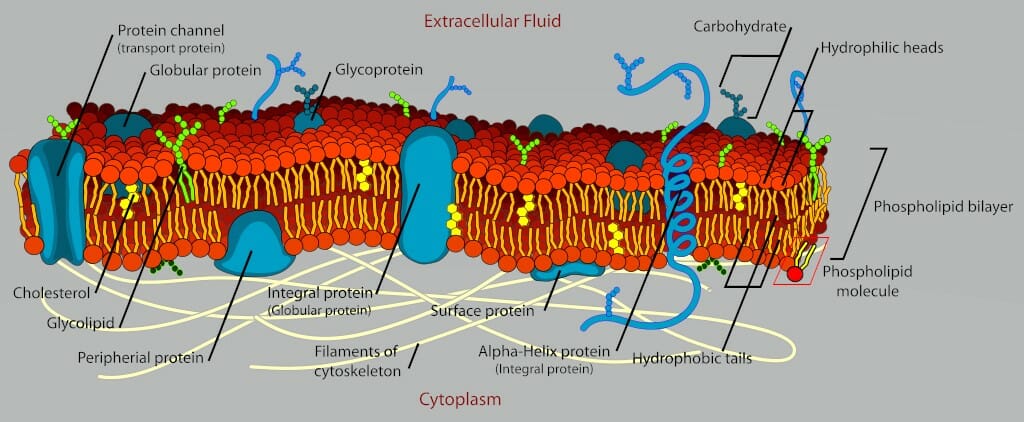


The coordinated action of actin remodelling/dynamics, NHE1-mediated swelling and RHOA-based contractility facilitates enhanced motility at elevated viscosities. NHE1 promotes cell swelling and increased membrane tension, which, in turn, activates transient receptor potential cation vanilloid 4 (TRPV4) and mediates calcium influx, leading to increased RHOA-dependent cell contractility. Increased mechanical loading imposed by elevated viscosity induces an actin-related protein 2/3 (ARP2/3)-complex-dependent dense actin network, which enhances Na +/H + exchanger 1 (NHE1) polarization through its actin-binding partner ezrin. Here we demonstrate that elevated viscosity counterintuitively increases the motility of various cell types on two-dimensional surfaces and in confinement, and increases cell dissemination from three-dimensional tumour spheroids. However, its influence on cancer biology and the mechanism by which cells sense and respond to changes in viscosity are unknown. Extracellular fluid viscosity is a key physical cue that varies under physiological and pathological conditions, such as cancer 5. Nature volume 611, pages 365–373 ( 2022) Cite this articleĬells respond to physical stimuli, such as stiffness 1, fluid shear stress 2 and hydraulic pressure 3, 4. Extracellular fluid viscosity enhances cell migration and cancer dissemination


 0 kommentar(er)
0 kommentar(er)
